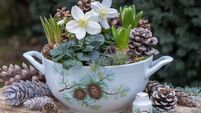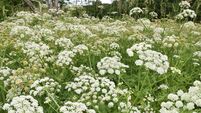Peter Dowdall: 'Green walls are vital to Cork city's future'
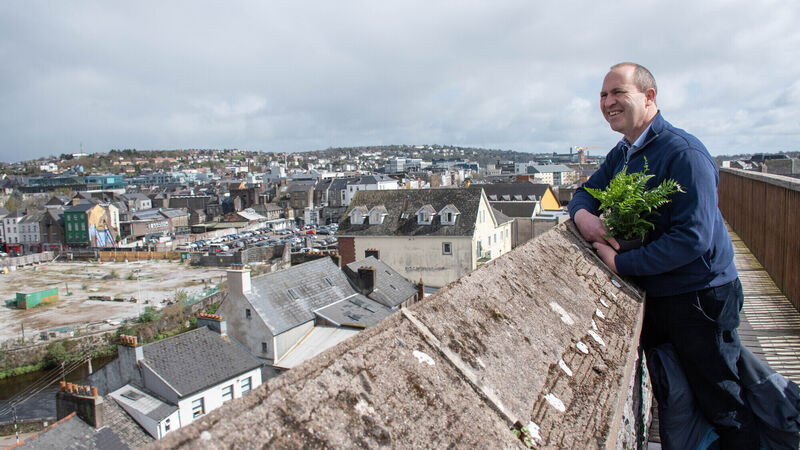
Irish Examiner garden columnist Peter Dowdall at Elizabeth Fort in Cork. Pictures: Howard Crowdy
I spoke at Elizabeth Fort, at the end of Barrack Street, as part of the Lifelong Learning Festival during the past week. I was talking primarily about living walls and the role that they can play in alleviating flooding caused by excessive rainfall.
CLIMATE & SUSTAINABILITY HUB
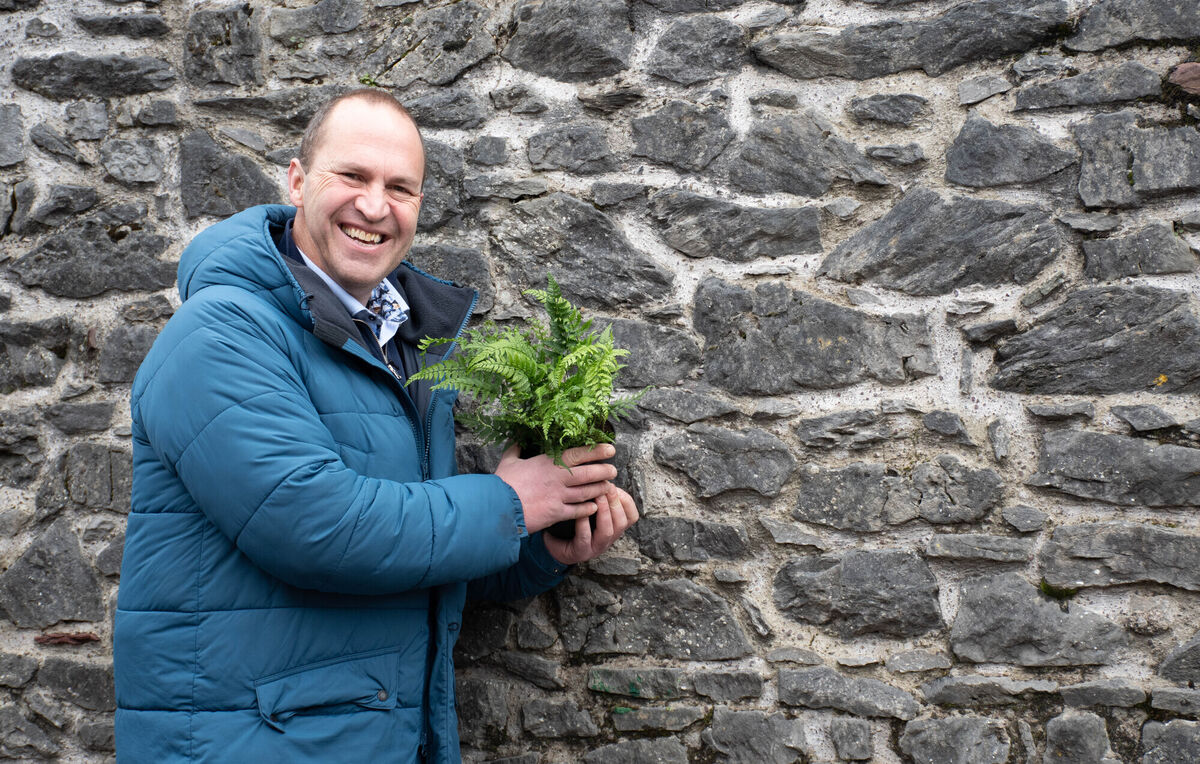
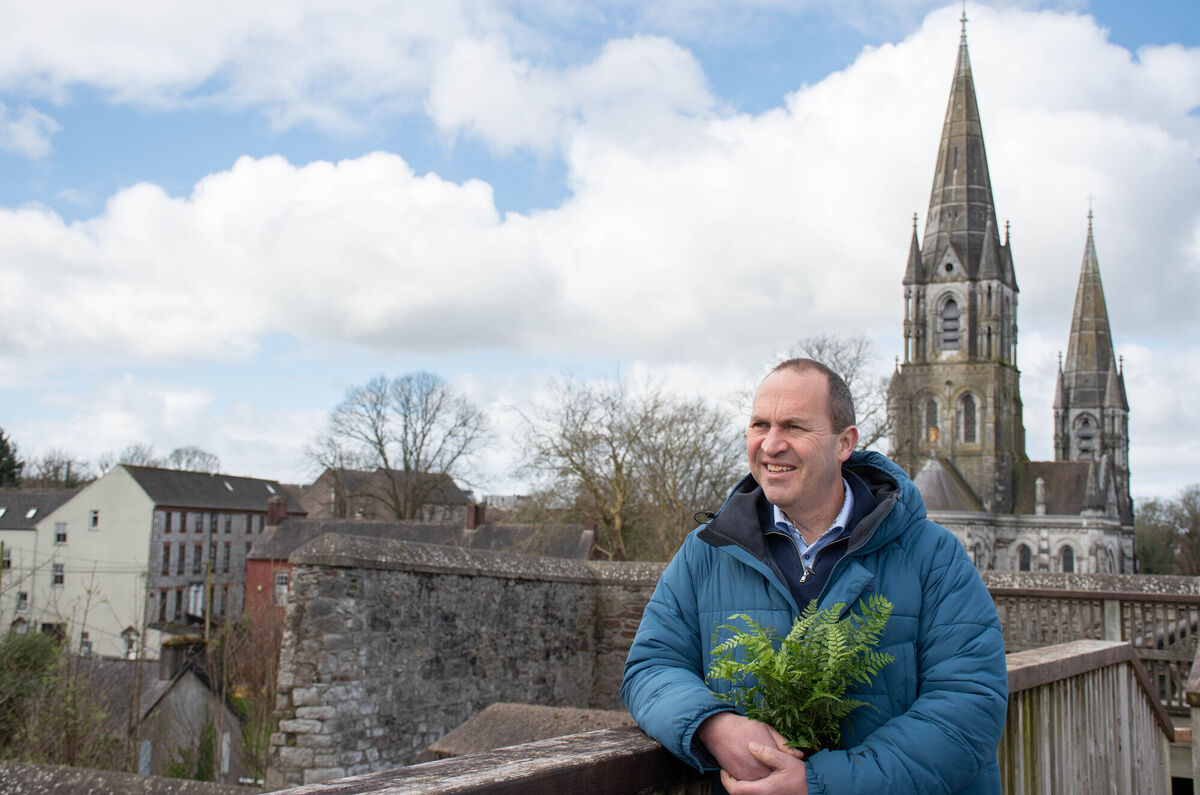
Perhaps the best bit, where a city is concerned, is the socioeconomic benefit of urban greening: It leads to less ant-isocial behaviour and more activity in urban areas.
I posted about this on social media recently and there is such a lot of interest in the subject and a huge appetite for living walls, roof gardens and other urban greening initiatives — the question that I was asked most was whether a living wall can be on a wall with a northerly or shaded aspect. The answer of course is yes, a living wall can feature anywhere, inside or outside, the aspect is what will determine the plant species used.
When choosing plant species to use in living walls we need to think firstly, of course, of the aspect and light level but also the growth rate, for we don’t want them to outgrow the modular system too quickly. Important too to use, if not exclusively, certainly a high proportion of evergreen plants.
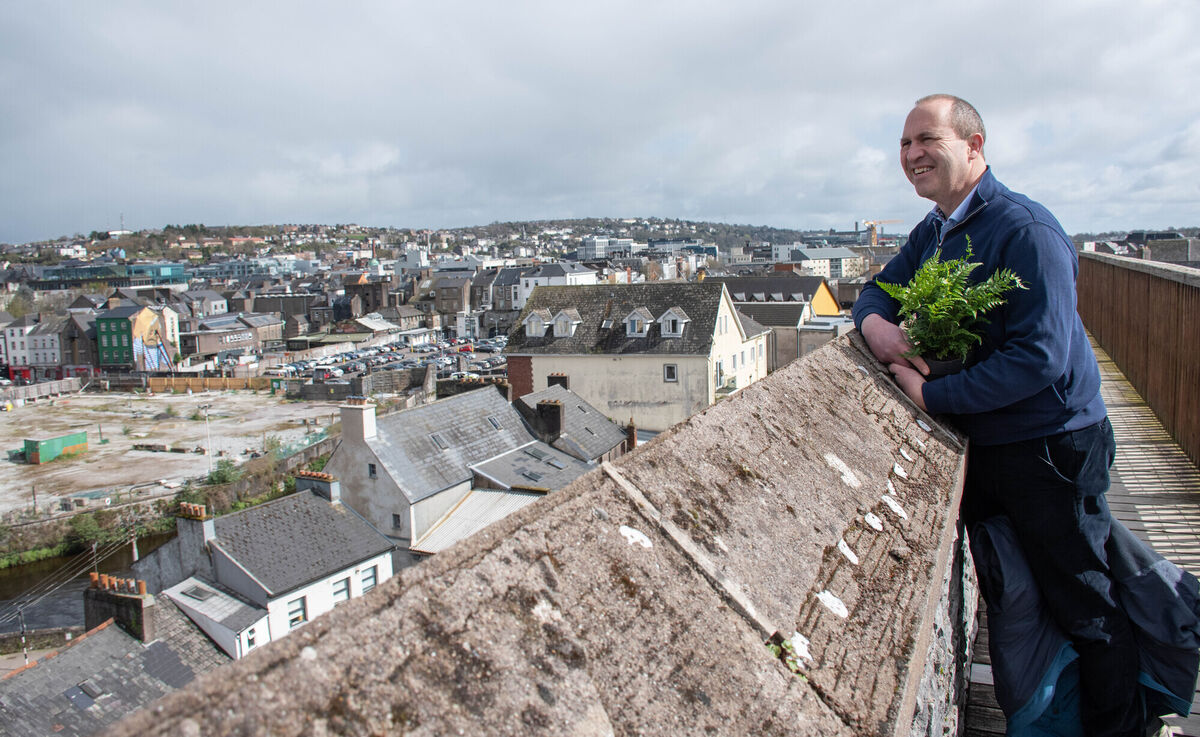
As the bees feed on the flowers in the living walls and roof gardens, they also pollinate other flowers which then go on to produce seed which then grows into trees and shrubs where birds will nest and other wildlife too will begin to come back once more. Then, mixed with the car horns and hustle and bustle of city life, we will begin to hear the sweet music of birdsong too.
All this needs to be paid for, of course, but instead of looking at this as a negative challenge, there is a huge opportunity now for the business and political and educational interests in Cork city to come together and figure out how to do this as the rewards will far outweigh the investment.
- Got a gardening question for Peter Dowdall? Email gardenquestions@examiner.ie



